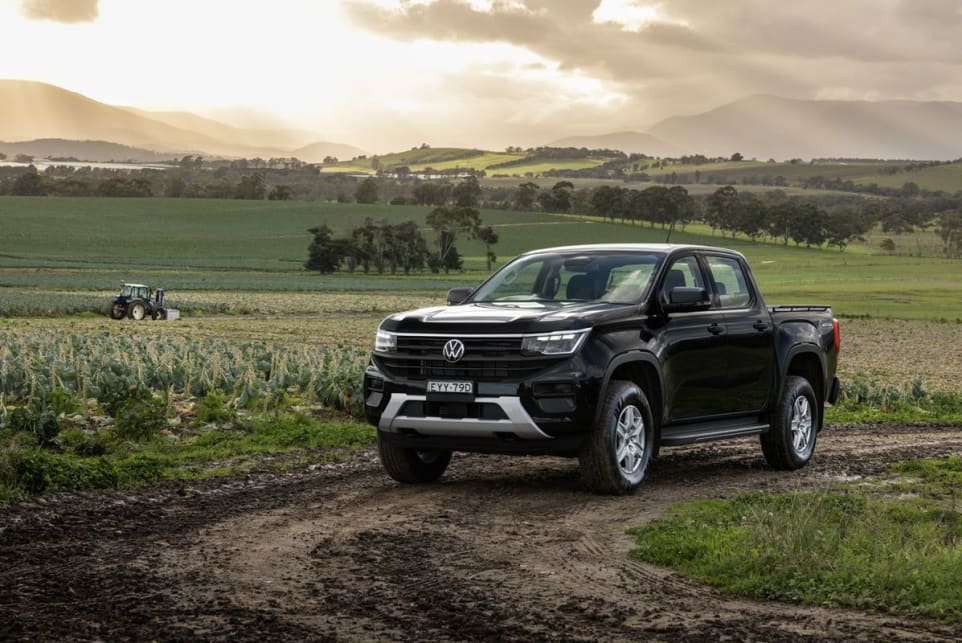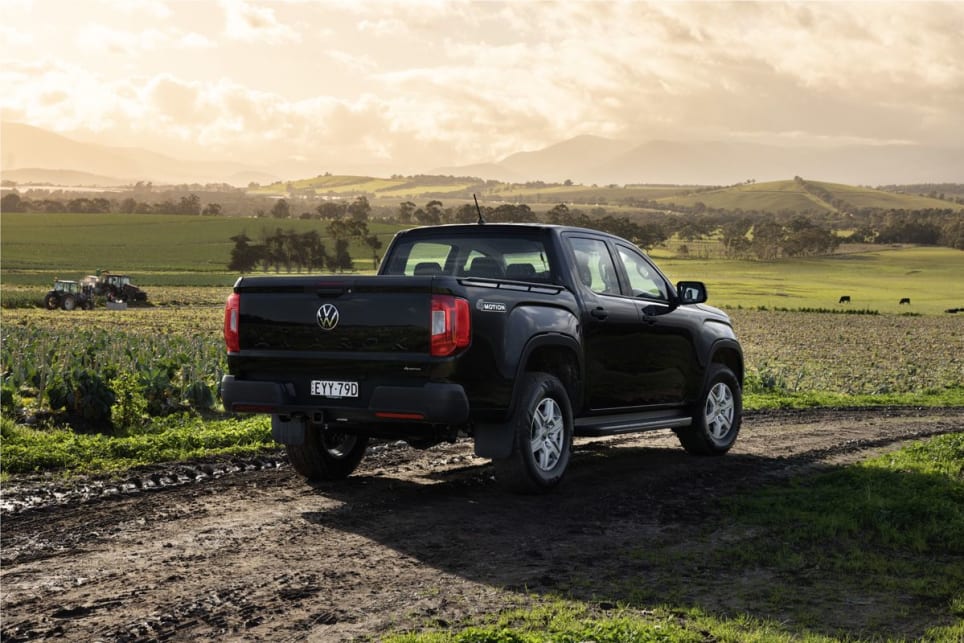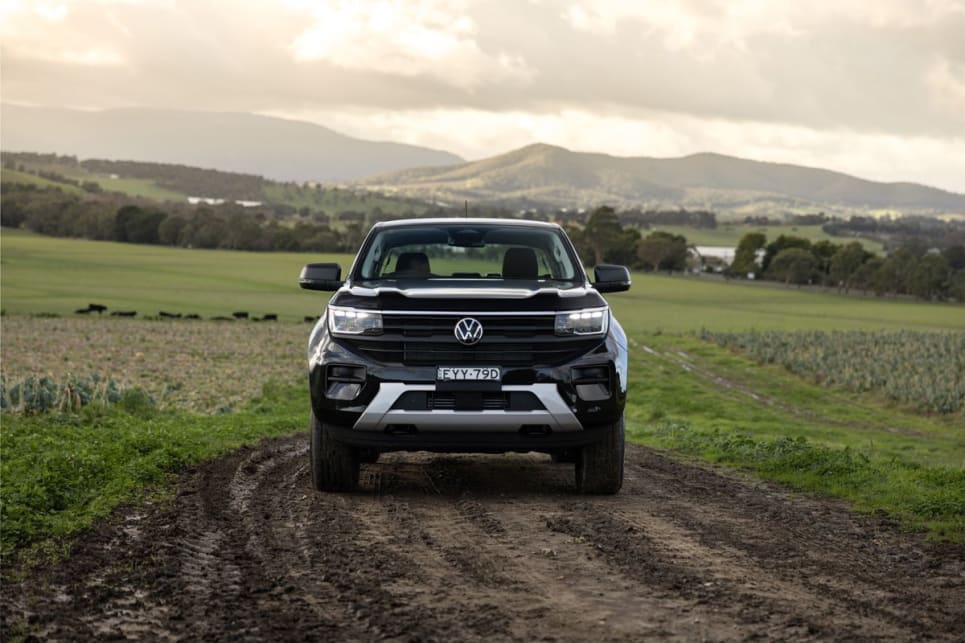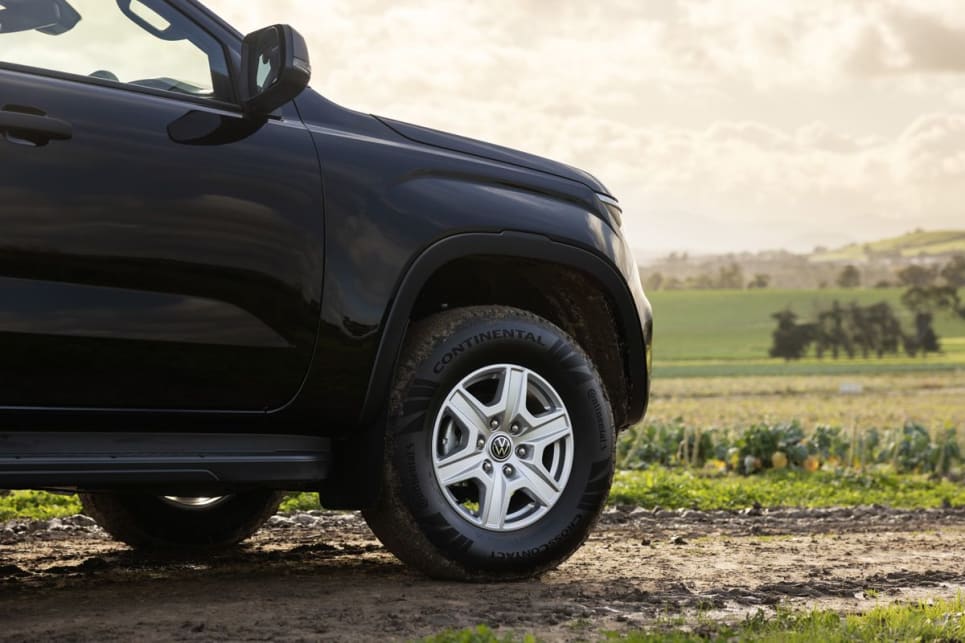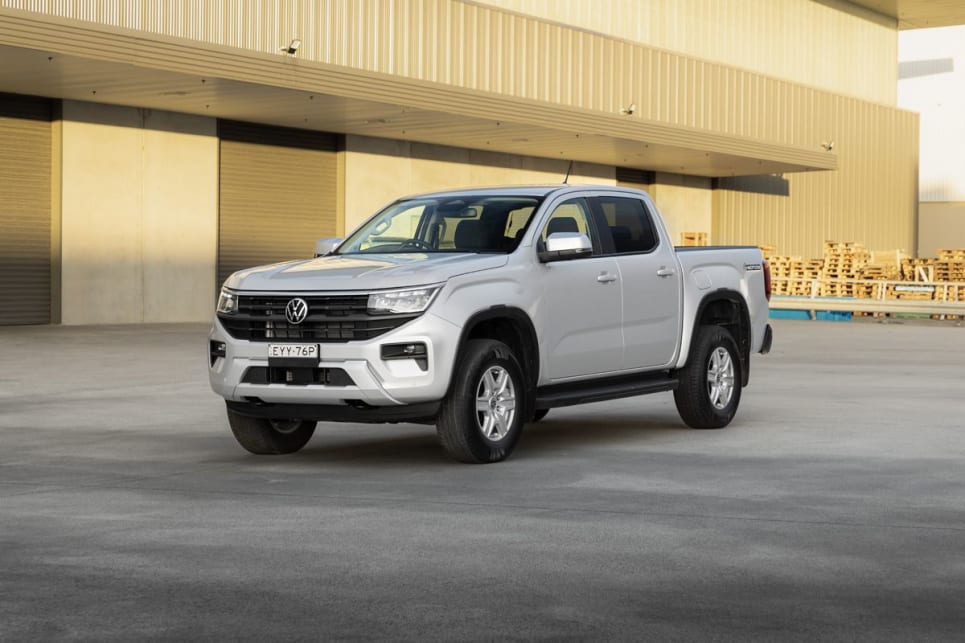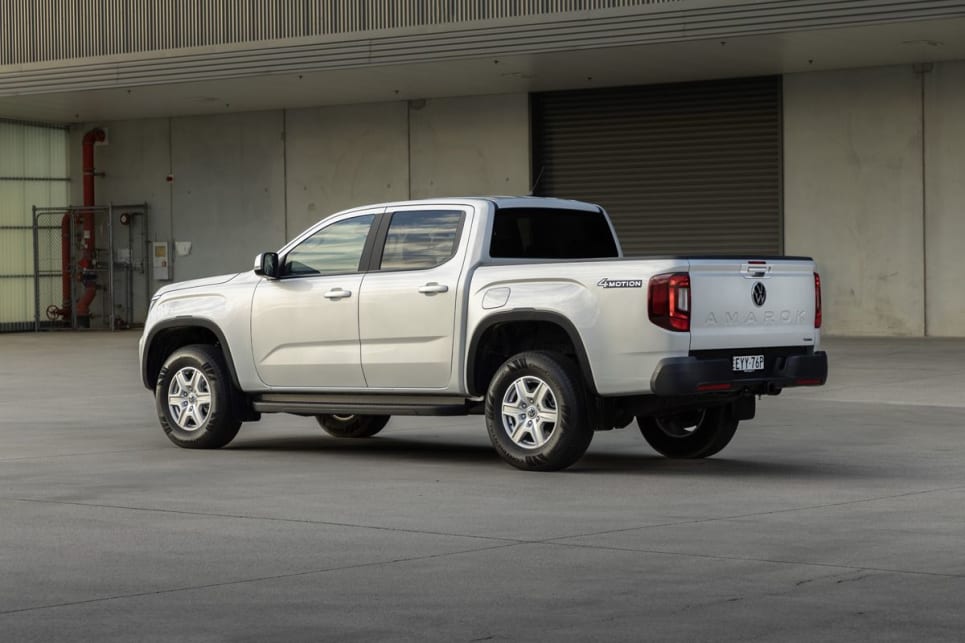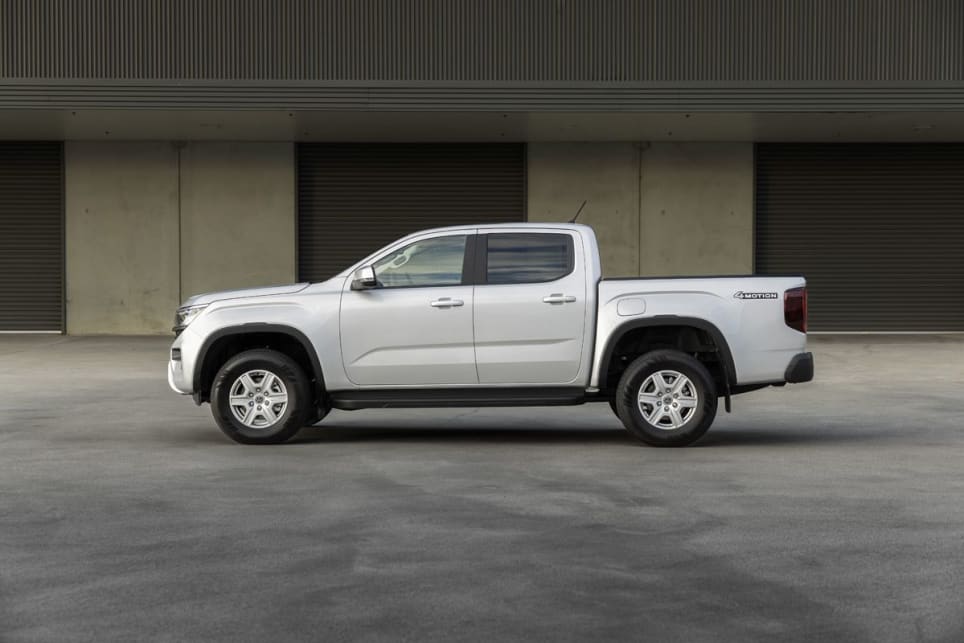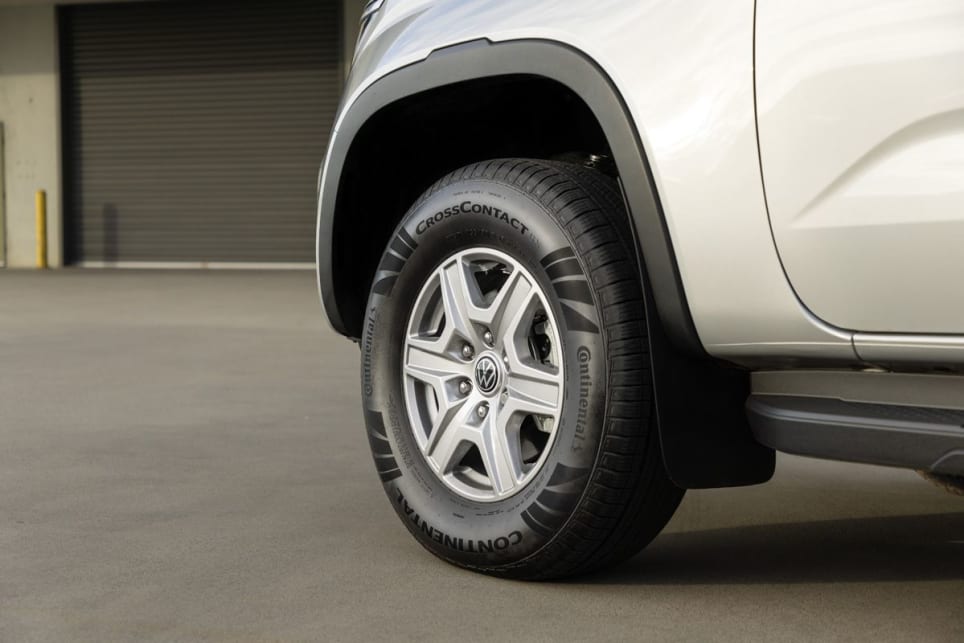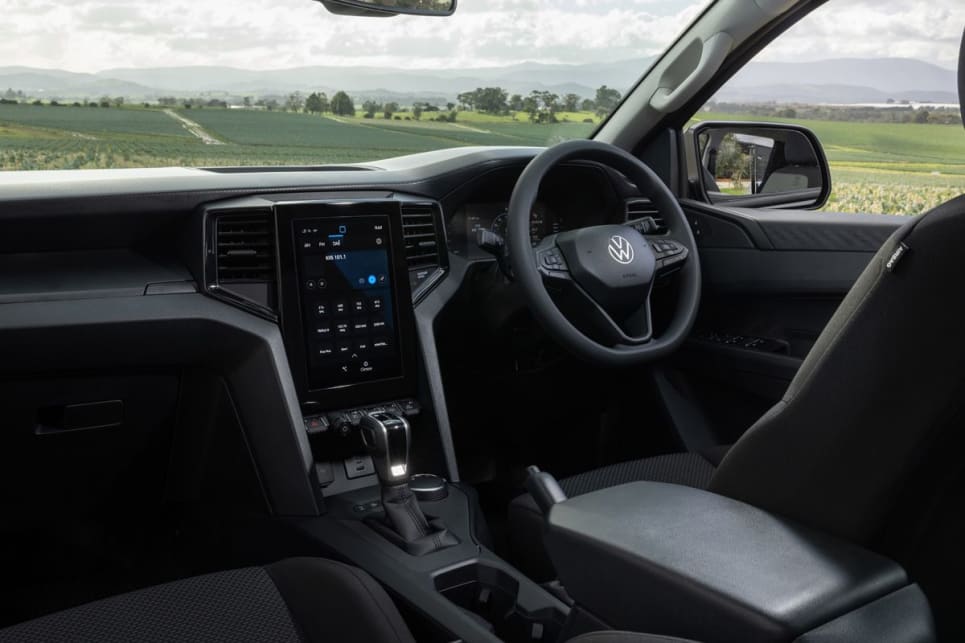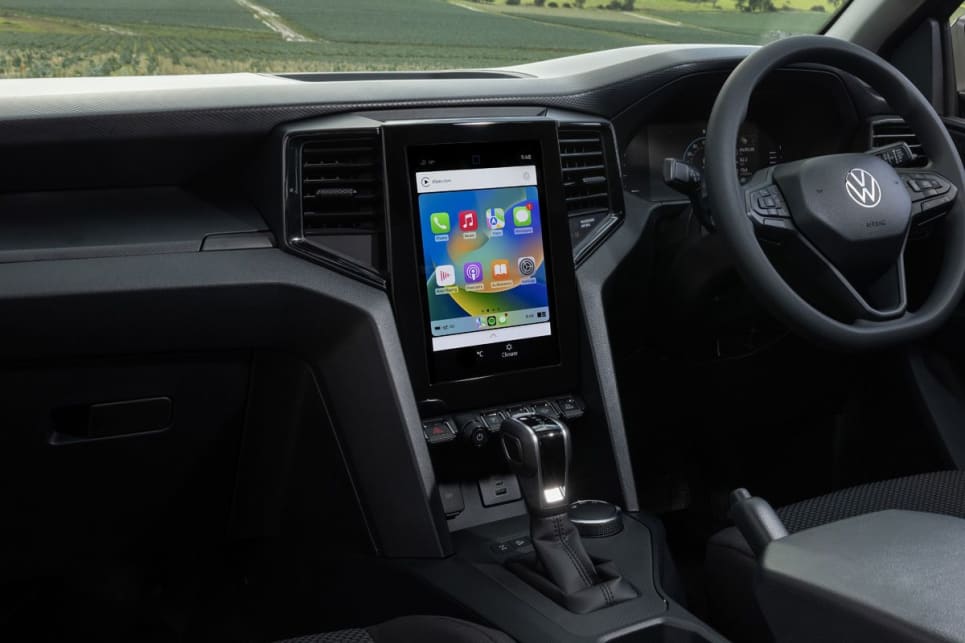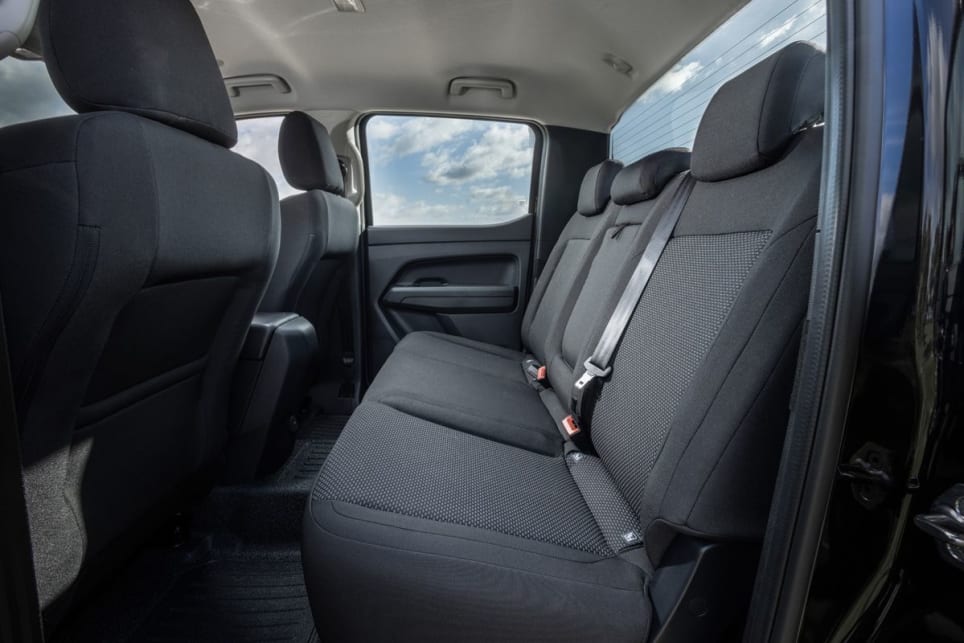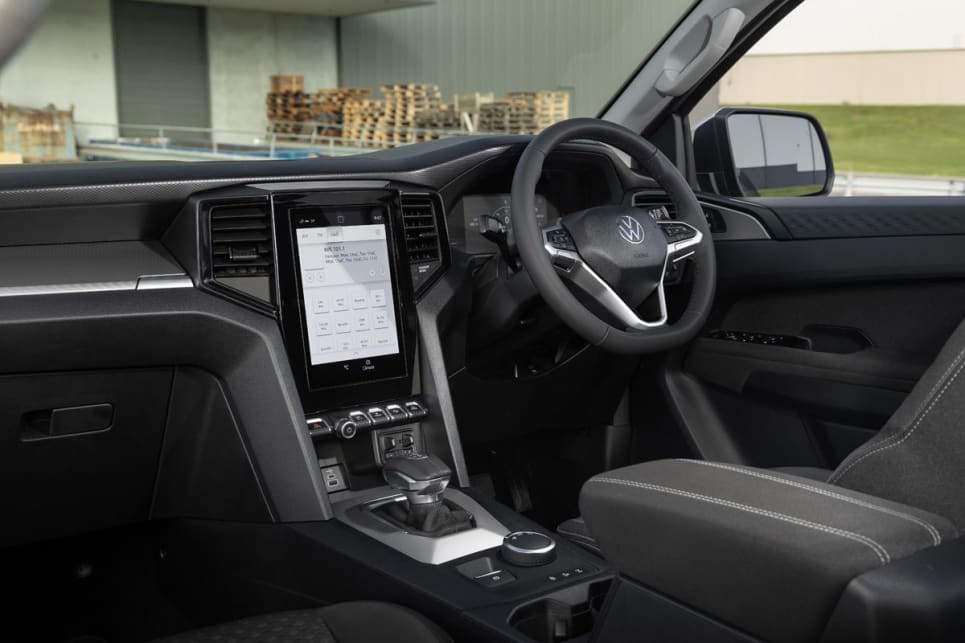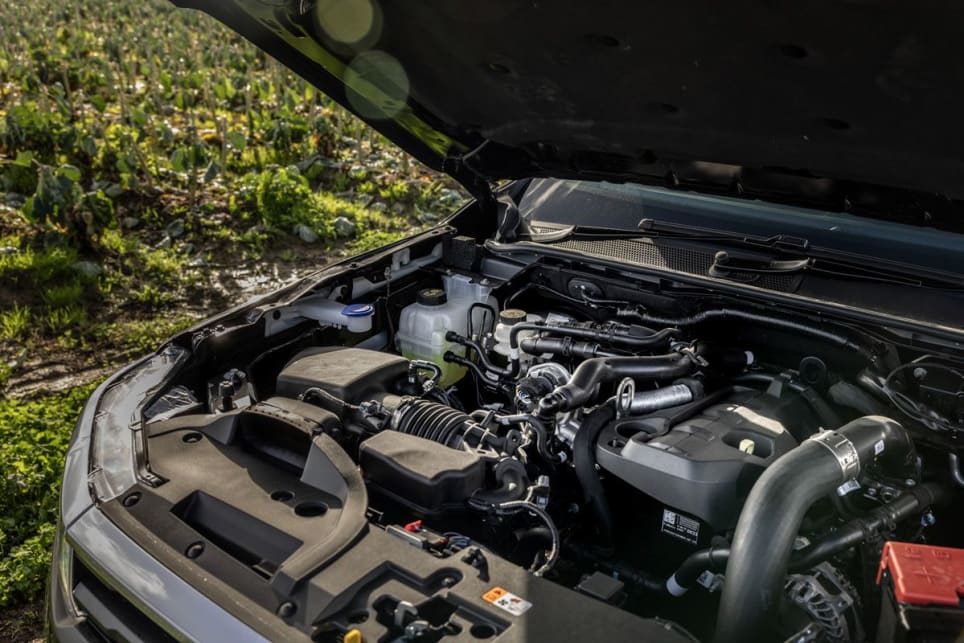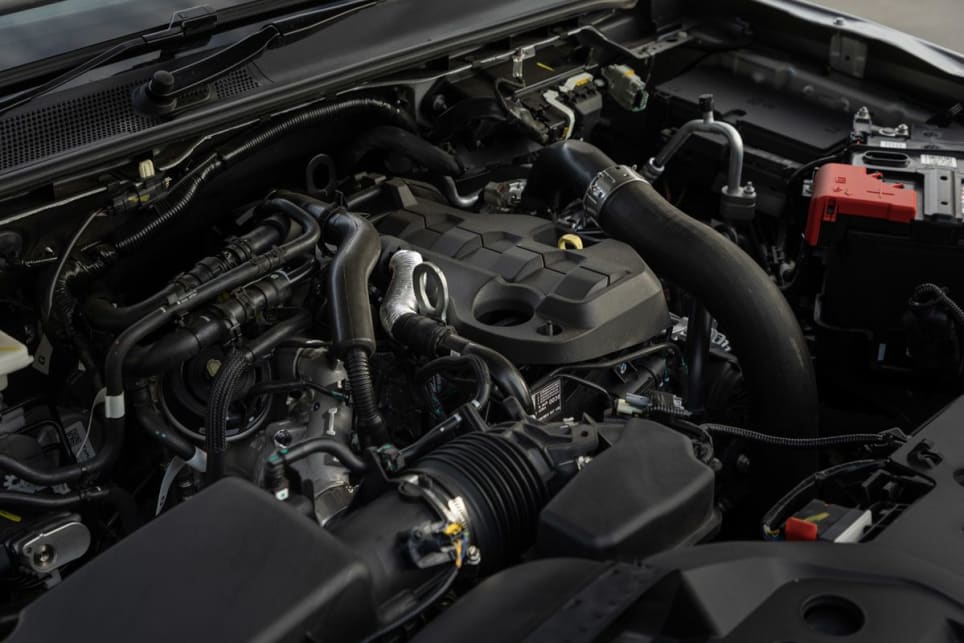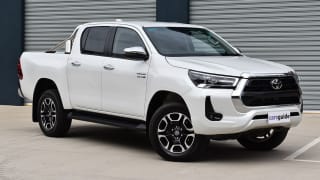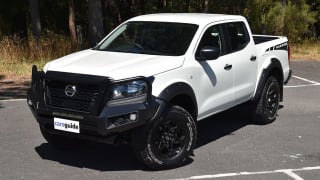The question that really needs to be asked here, I think, is do you really - really - need a V6 engine? Because if that answer is no, and it would be for me, then I think the Life might be the pick of the Amarok range, both from a price and power perspective.
Don't get me wrong, the Core's engine isn't massively underwhelming. But it's the entry-level powertrain, and it feels like it's working harder than the Life's diesel donk.
If you're even vaguely interested in dual-cab utes, you'll know the bi-turbo engine on offer in the Life as the driving force behind that other dinosaur-themed off-roader, and it's no less enjoyable in this new application.
-
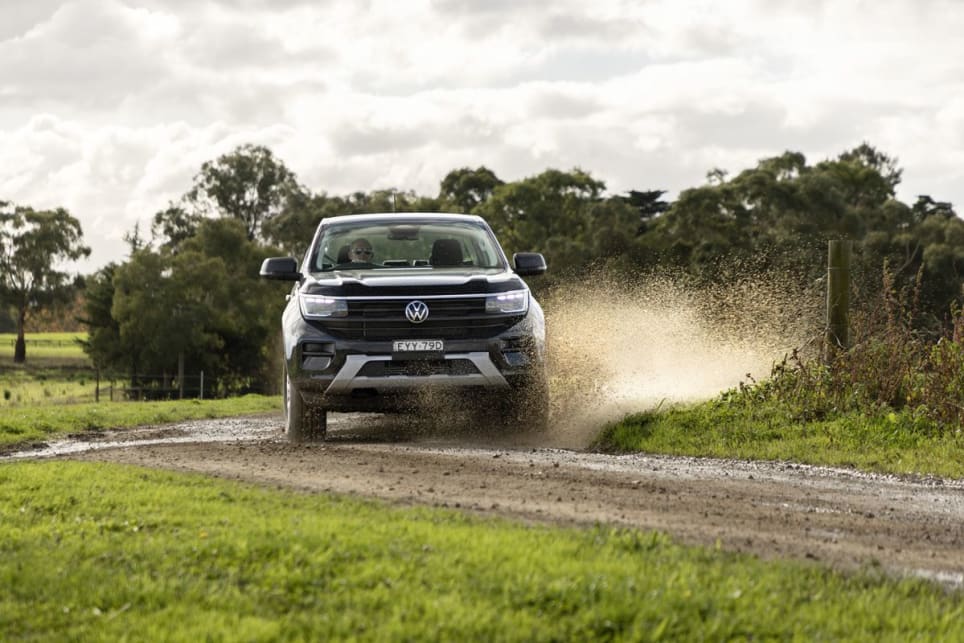 Don't get me wrong, the Core's engine isn't massively underwhelming. (Core variant pictured)
Don't get me wrong, the Core's engine isn't massively underwhelming. (Core variant pictured)
-
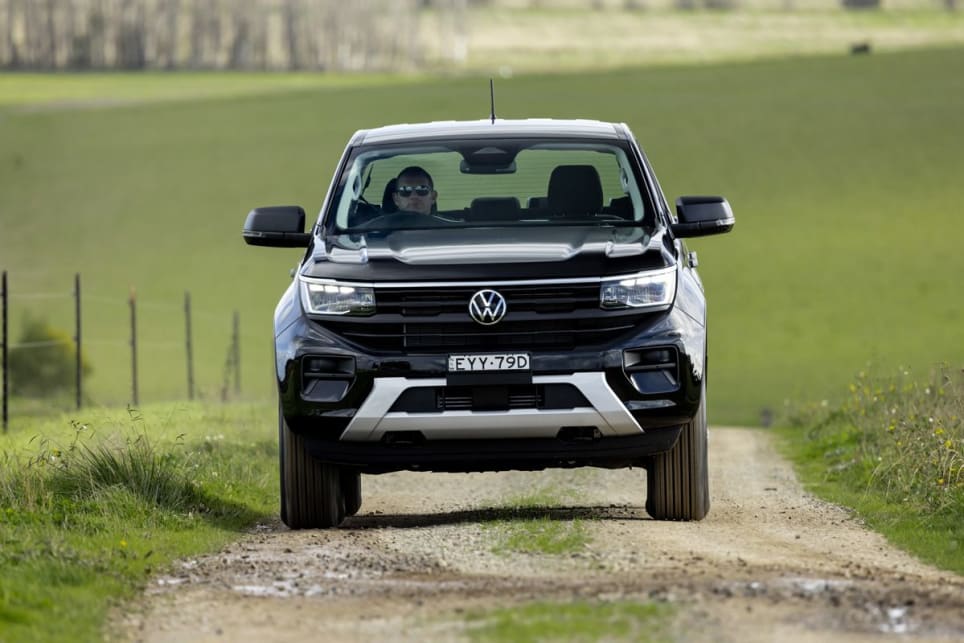 But it's the entry-level powertrain, and it feels like it's working harder than the Life's diesel donk. (Core variant pictured)
But it's the entry-level powertrain, and it feels like it's working harder than the Life's diesel donk. (Core variant pictured)
-
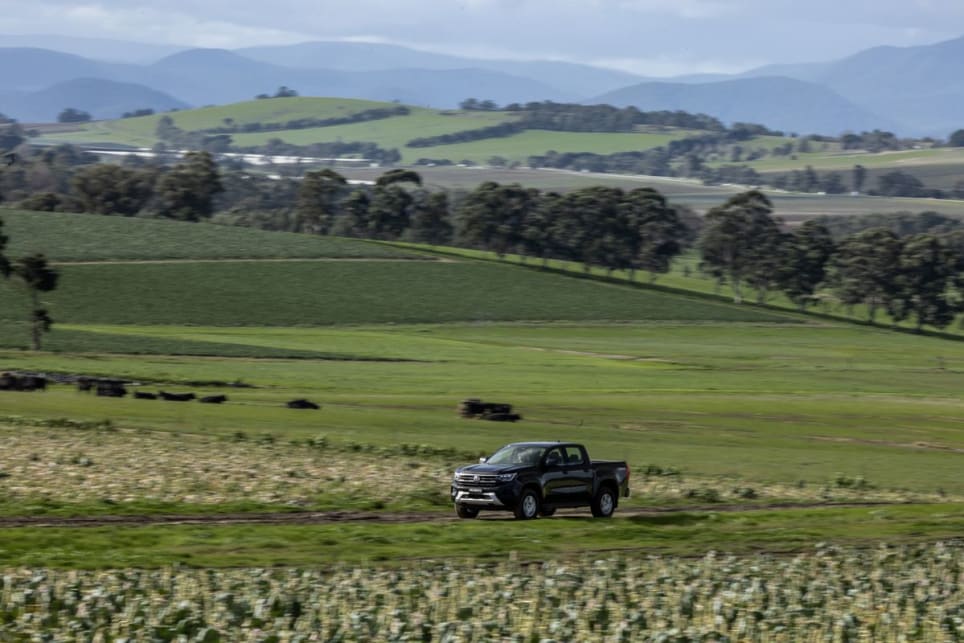 There's also something to be said for the refinement on offer from the modern dual-cab ute. (Core variant pictured)
There's also something to be said for the refinement on offer from the modern dual-cab ute. (Core variant pictured)
-
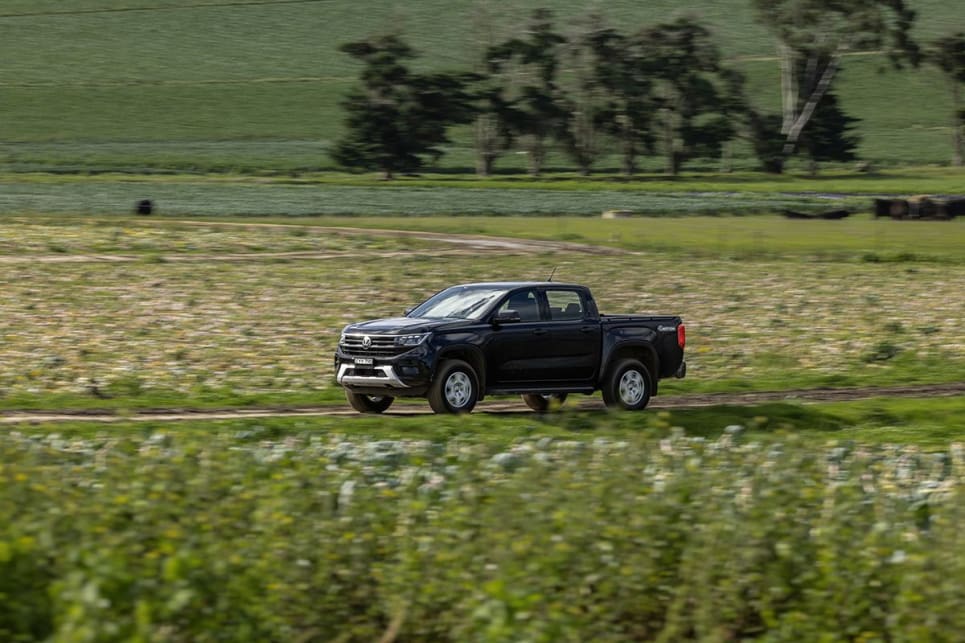 The Amarok genuinely fills that family car that can go anywhere brief, without sacrificing on the ute essentials. (Core variant pictured)
The Amarok genuinely fills that family car that can go anywhere brief, without sacrificing on the ute essentials. (Core variant pictured)
-
 Part of that is down to the ride, which VW says has been tuned firm on purpose. (Core variant pictured)
Part of that is down to the ride, which VW says has been tuned firm on purpose. (Core variant pictured)
Lightning fast it is not, but the power on offer is really more than enough here, and not once was I longing for a V6, whether we were on the road or off it.
There's also something to be said for the refinement on offer from the modern dual-cab ute, with the Amarok genuinely filling that family car that can go anywhere brief, without sacrificing on the ute essentials.
Part of that is down to the ride, which VW says has been tuned firm on purpose. It can be a little jarring when you hit a rough patch or bump, especially when off-roading, but the trade-off is a ute that doesn't sway or float too much when cornering, helping the Amarok feel more SUV-like than an old-school dual cab.
Downsides? The 10-speed auto fitted to the Life shifts smoothly enough, but it's pretty busy, shifting up or down when you don't really expect it to, and with only the lightest accelerator input. That, and the diesel thrum is a pretty constant companion, delivering background noise in the cabin whenever you're accelerating.
-
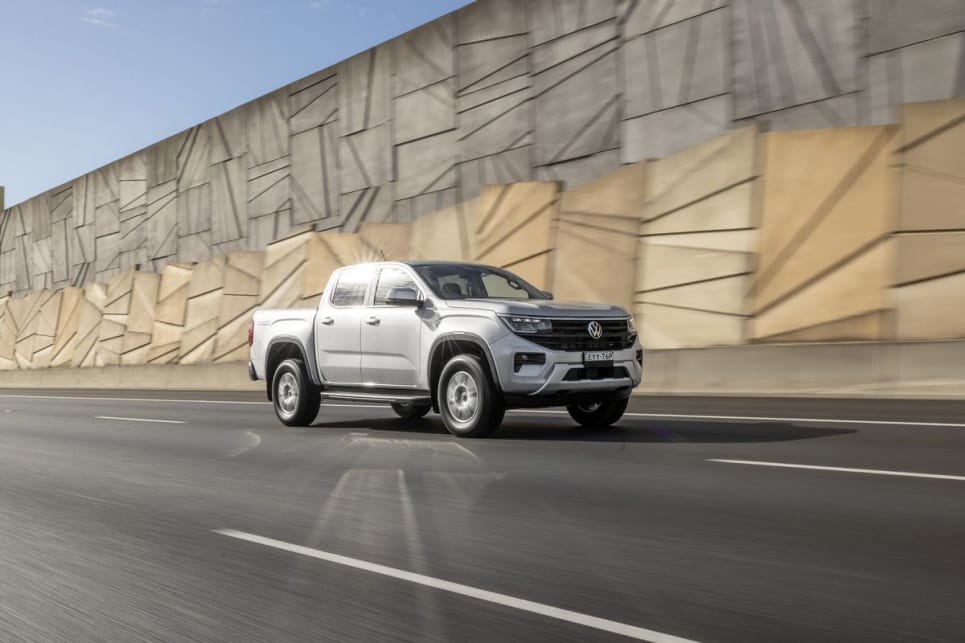 If you're even vaguely interested in dual-cab utes, you'll know the bi-turbo engine on offer in the Life as the driving force behind that other dinosaur-themed off-roader. (Life variant pictured)
If you're even vaguely interested in dual-cab utes, you'll know the bi-turbo engine on offer in the Life as the driving force behind that other dinosaur-themed off-roader. (Life variant pictured)
-
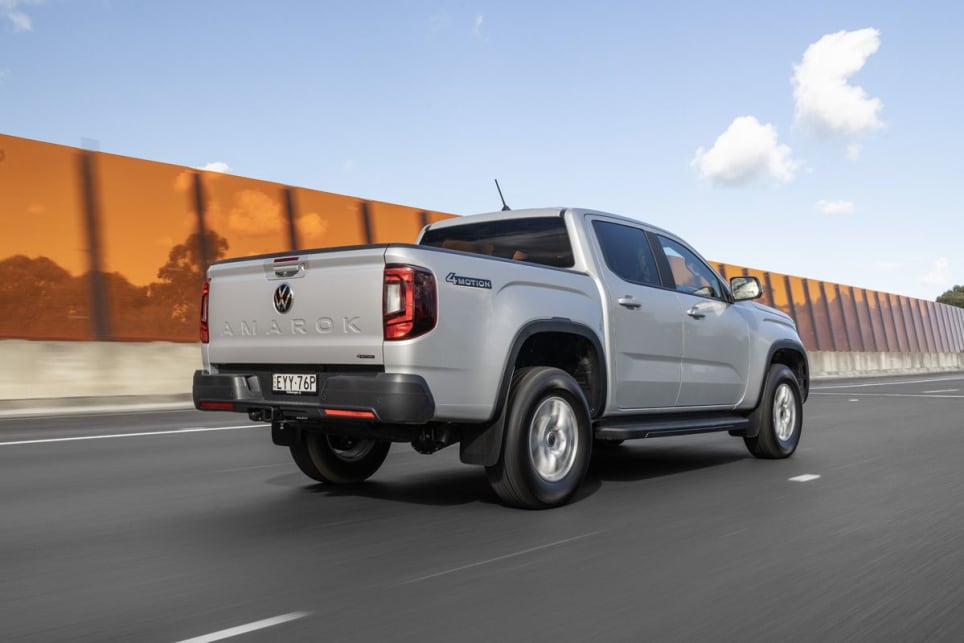 Lightning fast it is not, but the power on offer is really more than enough here, and not once was I longing for a V6, whether we were on the road or off it. (Life variant pictured)
Lightning fast it is not, but the power on offer is really more than enough here, and not once was I longing for a V6, whether we were on the road or off it. (Life variant pictured)
-
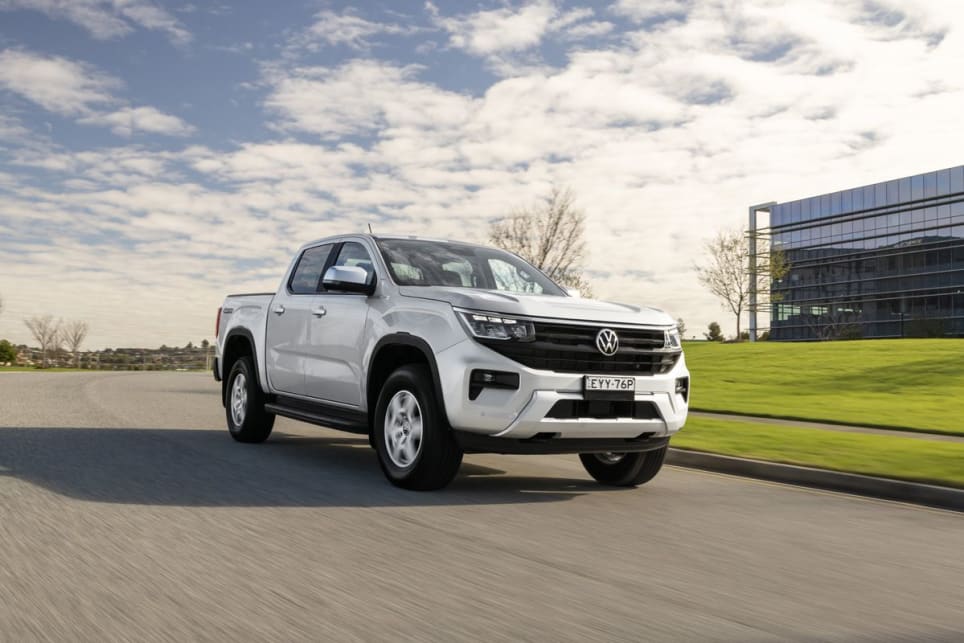 The diesel thrum is a pretty constant companion, delivering background noise in the cabin whenever you're accelerating. (Life variant pictured)
The diesel thrum is a pretty constant companion, delivering background noise in the cabin whenever you're accelerating. (Life variant pictured)
-
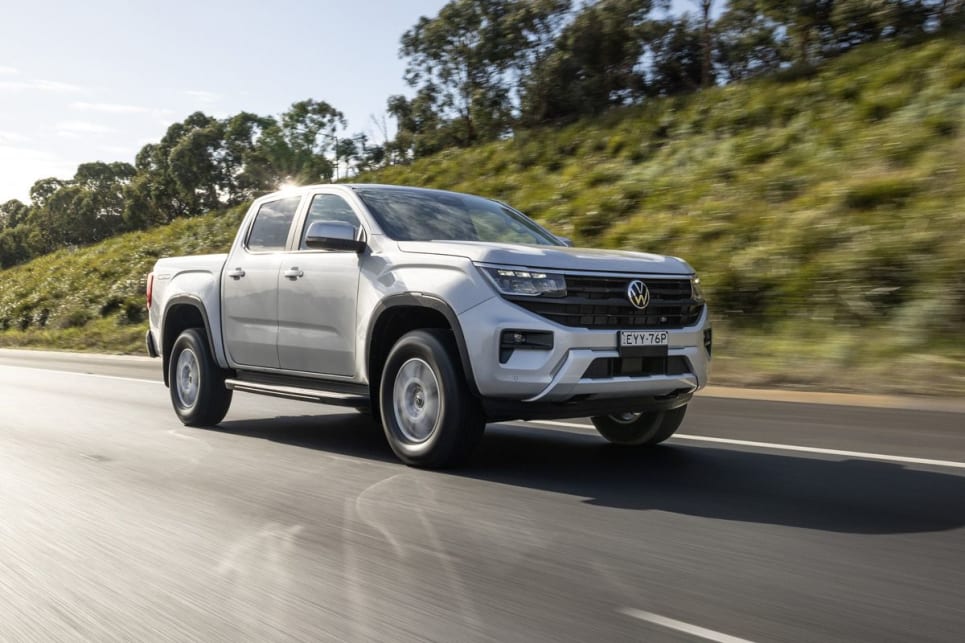 Downsides? The 10-speed auto fitted to the Life shifts smoothly enough, but it's pretty busy, shifting up or down when you don't really expect it to, and with only the lightest accelerator input. (Life variant pictured)
Downsides? The 10-speed auto fitted to the Life shifts smoothly enough, but it's pretty busy, shifting up or down when you don't really expect it to, and with only the lightest accelerator input. (Life variant pictured)



